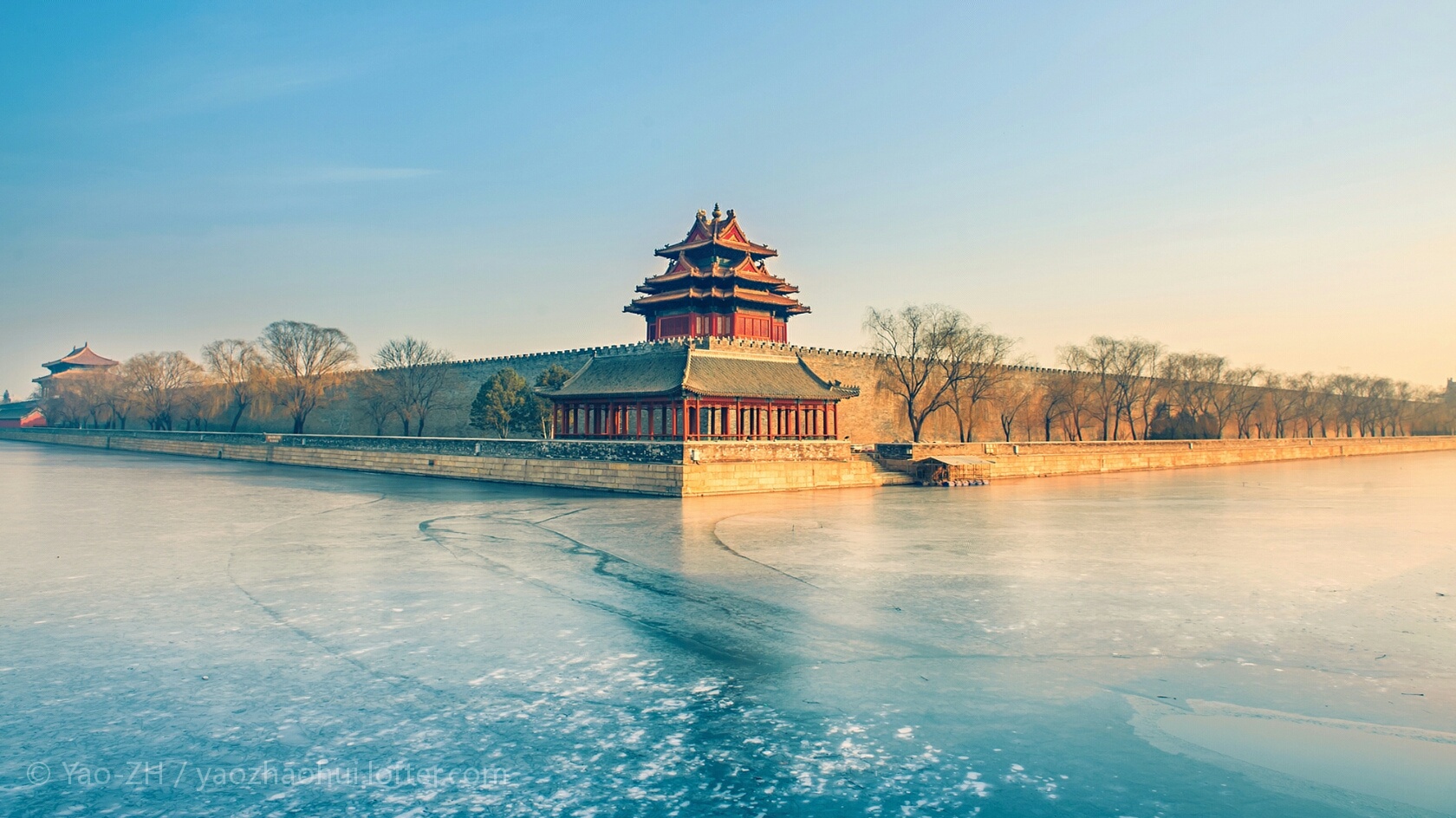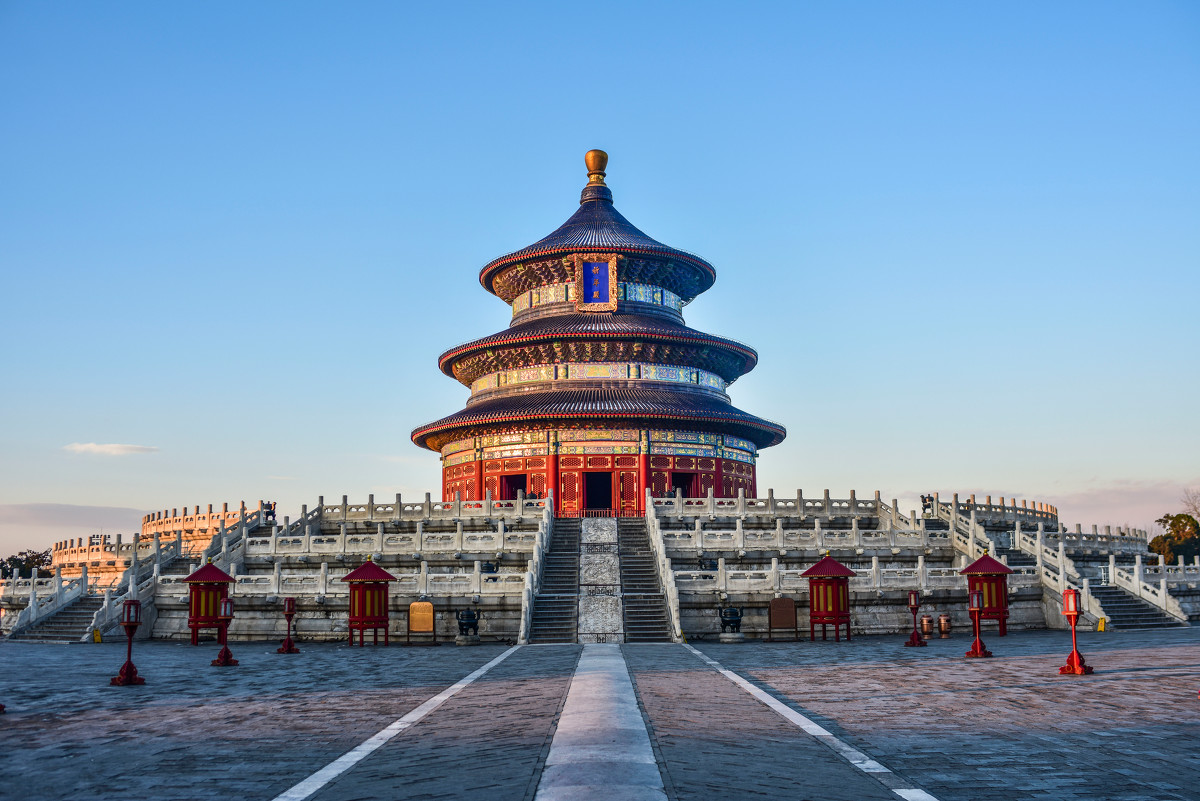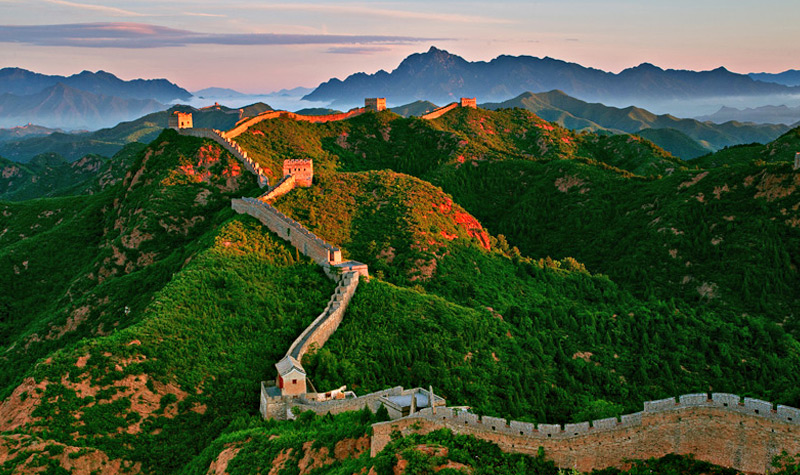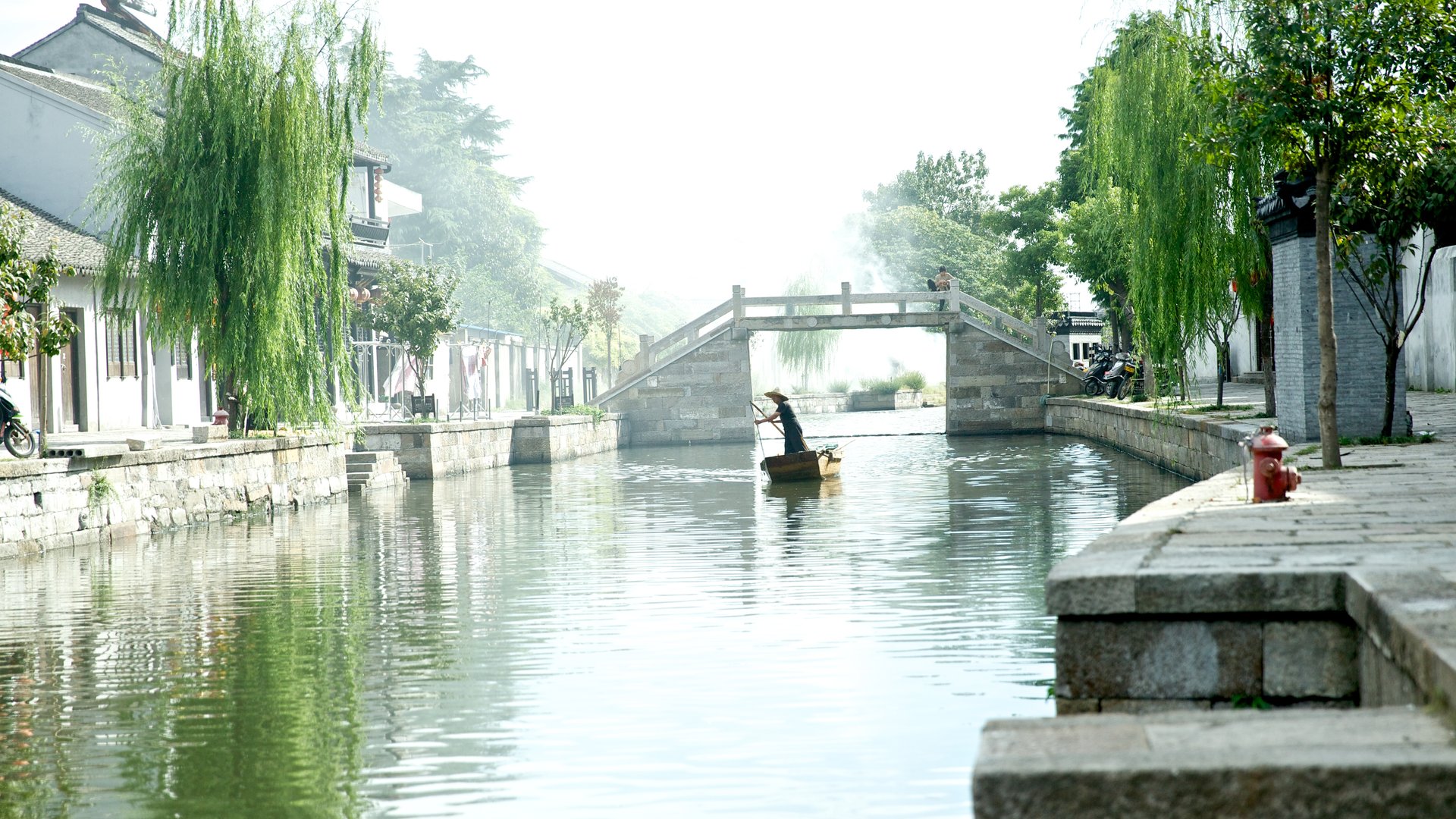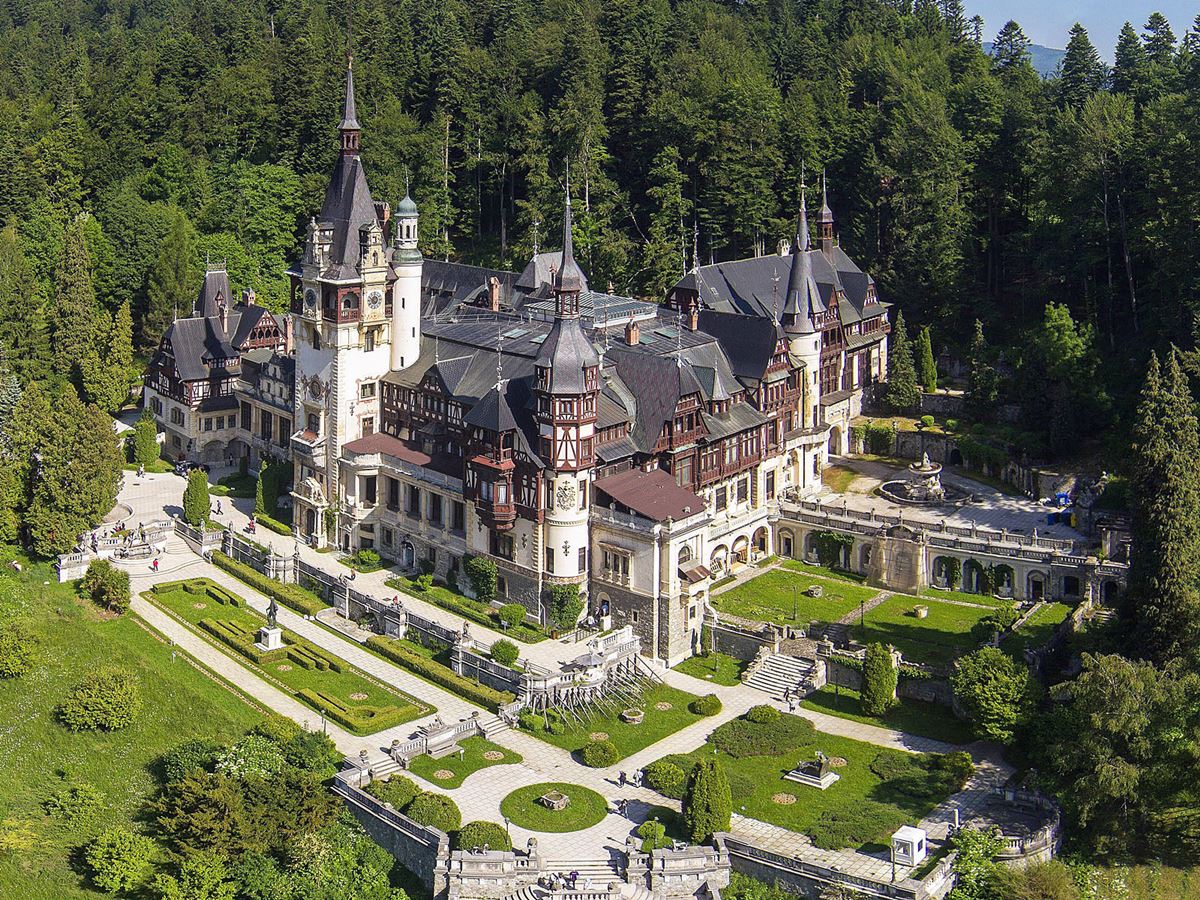State Secretary Florin Tacu, President Constantin Bostina, Executive President Liviu Muresan, Secretary-General Eric Bartha, Think Tank Staff Members, Ladies and Gentlemen,
One year ago, China issued the Vision and Actions on Jointly Building Silk Road Economic Belt and 21st-Century Maritime Silk Road. Today’s seminar is not only a good present for this anniversary, but also a new platform for advancing China-Romania cooperation in the framework of this initiative. It is a great pleasure for me to share views with you on this occasion.
The world today is undergoing profound and complex changes. It is yet to shrug off the deep impact of the global financial crisis. The growth of major economies has been sluggish and emerging economies are slowing down. Facing big challenges to their development, countries need to carry out broader and more in-depth regional cooperation of higher standards.
China put forward the Belt and Road Initiative by analysing the profound changes in global and regional context, as well as China’s new tasks. The initiative is designed to uphold the global free trade regime and the open world economy, encouraging the countries along the Belt and Road to enhance cooperation and promote common development.
The Belt and Road connect China with Central Asia, Southeast Asia, South and West Asia, and Europe, covering almost two-thirds of the world’s population and 30 per cent of the global GDP. As the longest economic corridor in the world, the Belt and Road will give new impetus to the world economy and international cooperation, promoting policy coordination, facilities connectivity, unimpeded trade, financial integration and people-to-people bond among all countries.
The Belt and Road Initiative is not a hollow promise, but a plan with concrete measures. The China-initiated Asian Infrastructure Invest Bank (AIIB) is up and running, and the first group of projects financed by the Silk Road Fund have been launched. More than 70 countries and international organisations have expressed interest in the initiative, and over 30 countries have signed agreements with China to jointly build the Belt and Road.
Last year, Chinese President Xi Jinping and Romanian President Klaus Iohannis met in New York, reaching important consensus on building the Belt and Road. The Ministry of Commerce of China and the Ministry of Economy of Romania signed a document of cooperation for the Silk Road Economic Belt.
There are 16 freight train services link China directly to Europe these days, carrying nearly five billion US dollars worth of commodities annually. In 2015, Chinese companies directly invested 14.8 billion US dollars in countries along the Belt and Road, with an increase of 18 per cent. China hopes that, propelled by the two ‘wings’ of the Belt and Road, her economy will take off together with all the countries, bringing prosperity to Asia and Europe.
Situated at the crossing of the Silk Road Economic Belt and the 21st Century Maritime Silk Road, Central and Eastern European Countries (CEEC) are significant partners for the construction of the Belt and Road. In addition, fruitful China-CEEC cooperation may provide favourable condition for the Belt and Road.
In the four years since the ‘16+1’ format was set up, China-CEEC cooperation is getting increasingly enriched and mature. Last year, the Fourth Summit of China and CEEC was held in Suzhou, China. At that meeting, the Medium-term Agenda and the Suzhou Guidelines for Cooperation between China and CEEC were issued. In this February, the 2016 Year of China-CEEC People-to-People and Cultural Exchanges officially started.
China-CEEC cooperation is all-round, wide-ranging and multi-level, showing a sound trend of development. As an important China-Serbia project, the Belgrade bridge over the Danube has been completed and open to traffic. Direct flights linking Beijing-Budapest and Beijing-Prague were launched. The Serbian section of the Belgrade-Budapest railway started construction. China and CEEC have also decided to connect the Baltic, Adriatic, and Black seas.
China-CEEC cooperation and the Belt and Road Initiative will reinforce and complement each other. I am confident that the implementation of the Belt and Road Initiative will bring more opportunities to China-CEEC cooperation.
Ladies and Gentlemen, last year China’s GDP growth stood at 6.9 per cent, which was the lowest in the last 25 years. Some people worry that China's economy is headed for a hard landing. Someone even blame China for the global economic jitters and wobbly financial market. They may do so out of misunderstanding of China’s economy.
If you make a comparison across different economies, last year the US’ GDP grew by 2.4 per cent, the Euro-zone by 1.5 per cent, and Romania by 3.7 per cent. Only China and India’s GDP growth surpassed 6 per cent. China is still one of the fastest growing major economies, contributing more than a quarter to world economic growth.
If you analyse the real amount of China’s GDP, the 6.9 per cent growth rate was achieved on the basis of an economy of 10.3 trillion US dollars. The increment is already equivalent to the annual GDP of a medium-sized country and still exceeds what was generated by double-digit growth several years ago.
If you focus on the quality of China’s economy, there are many economic highlights behind the growth rate of 6.9 per cent. For instance, 13.1 million new jobs were created in towns and cities last year; the contribution of consumption towards economic growth reached 66.4 per cent; the service sector as a proportion of GDP rose to 50.5 per cent, and energy consumption per unit of GDP fell by 5.6 per cent.
These figures illustrate that Chinese economy has entered a state of ‘new normal’ with several notable features: First, the economy has shifted gear from the previous high speed to a medium-to-high speed growth. Secondly, the size-and-speed oriented growth model is turning to one that values quality and efficiency. Third, the economy structure is moving away from incremental expansion towards fine-tuning existing capacity and optimising added capacity. Fourth, the driving force of development is shifting from resources and low-cost labour force to innovation. These changes will ensue China’s economy to enter a more advanced stage of development, with more sophisticated division of labour and a more optimised structure, bringing benefits to the of Belt and Road project and China-CEEC Cooperation.
Just a few days ago, China’s 13th Five-Year Plan was passed in the National People's Congress. By 2020, we will meet one of our two ‘centenary goals’ by doubling the 2010 GDP and per capita income. China will uphold innovative, coordinated, green, open, and shared development; enhance international cooperation on production capacity; promote connectivity, economic collaboration, cultural and people-to-people exchanges among all countries.
In the next five years, China is expected to import 10 trillion US dollars of products and invest over 500 billion US dollars overseas. The outbound visits by the Chinese people will exceed 500 million. All these will bring enormous opportunities to countries along the Belt and Road, including CEECs.
Ladies and Gentlemen, Romania is the second largest country in Central and Eastern Europe. It is also China’s good friend. Thanks to the concerted efforts of both sides, substantive progress has been made in China-Romania cooperation in the Belt and Road framework. The companies of the two countries have signed the memorandum of cooperation for Cernavoda Nuclear Plant, initialed a document to form a joint venture for Rovinari Coal-Fired Power Station, and discussed the cooperation perspective on other projects including Tarnita Hydropower Plant.
However, China-Romania cooperation potential is far beyond the above-mentioned results. Bilateral trade volume has not reached the level of our aspiration and enthusiasm. No China-Romania key economic project has started its construction. No Chinese company has yet won tenders for Romanian infrastructure projects such as motorways and railways. Next step, both sides need to show more confidence, to tap the potential and seek appropriate methods, in order to push forward the mutual beneficial cooperation between China and Romania.
Romania is one of the founding countries of the EU strategy for the Danube Region (EUSDR). There are many conjunctions between the Belt and Road Initiative and the EUSDR such as strategic objectives, freight and road connectivity, and so forth. We are more than happy to notice that the EUSDR is stepping from design to implementation. We support the strategic docking between the Belt and Road and the EUSDR.
The fulfillment of strategic plan requires pragmatic projects. If you have intention to collaborate with China in the fields such as port modernisation, navigation, connectivity, tourism and environmental protection, we welcome you to provide introduction paper to the Chinese Embassy, and we will recommend the projects to Chinese companies.
The audience here today represents not only officials, but also think tanks experts. You may have in-depth understanding on the significance of the Belt and Road and China-CEEC cooperation. Last December, China-CEEC think tank network was launched in China. The smooth flow of ideas along the Belt and Road is of great importance for the project. I hope that you may develop your talents and wisdom to conduct profound research on the Belt and Road, to help the Romanians understand China’s initiative, and to promote the docking of Chinese and Romanian strategies. I expect more contribution from you to China-Romania win-win cooperation and common prosperity.
Thank you for your attention!
